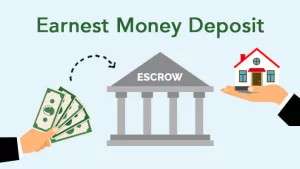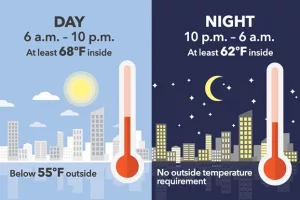Guide to CEMA Mortgage Loans in NYC
Go Back To Previous PageThere are a lot of closing costs associated with purchasing a home. Using a CEMA Mortgage loan in NYC is an excellent way for buyers to save money by reducing their mortgage recording tax liability. In this guide, we’ll go over how and when you can use a CEMA mortgage. We address the following questions and aspects:
- What is a CEMA?
- Purchasing CEMA’s rare can save you big bucks
- When can you use CEMA Mortgage Loans in NYC?
- How long does it take to get a CEMA mortgage?
- How much can you save with a CEMA, and when does it make sense?
What is a CEMA?

Let’s break down what CEMA stands for: It’s an acronym for “Consolidation, Extension, and Modification Agreement.” A CEMA remains best thought of as a sort of mortgage assignment. It combines an existing mortgage loan with a new one, lowering buyer closing costs by reducing your mortgage recording tax.
As this tax ranges from 1.8% to 1.925% of the mortgage amount, assuming the existing loan size is substantial, using a CEMA can save you a lot of money.
The most common use of a CEMA is when refinancing, although it can also be used when purchasing a home.
Purchasing CEMA’s rare can save you big bucks.
Sometimes, you can also use a “purchase CEMA” or splitter when you buy a property. In this case, you combine the seller’s existing mortgage with your new loan. Besides saving the buyer money by reducing their mortgage tax liability, a purchase CEMA also saves the seller money. Instead of paying transfer taxes on the entire sales price, the value of the existing mortgage is deducted, lowering the seller’s closing costs.
A purchase CEMA makes the most sense when the seller’s existing mortgage is high. The one drawback of purchasing CEMA is that there are many moving parts, and everyone has to agree. Most sellers might prefer to close a deal faster in a hot market. If a seller’s existing mortgage is not high enough, the savings won’t be worth the hassle if the “assignment” is for a relatively small sum.

When can you use CEMA Mortgage Loans in NYC?

There are several requirements for using a CEMA. First, you need to purchase real property (house or condo). Co-ops are personal properties and, therefore, not subject to mortgage recording taxes. The lender or lenders will need to approve the CEMA.
If the existing or new lender disagrees, obtaining a CEMA is impossible. Typically, you can expect to pay around $2000-3000 in fees to the lenders and their attorneys for a CEMA. Finally, in the case of a purchase CEMA, the seller must also agree to the loan.
That doesn’t always happen, as it can delay closings and create potential risks for the seller. There’s also the risk that the seller’s bank doesn’t accept. Generally speaking, purchase CEMAs are uncommon and only seen when purchasing from a developer who has already paid mortgage taxes on a construction loan.
How long does it take to get a CEMA Mortgage loan in NYC?
 It depends on the situation, but a CEMA can delay your closing by 2-4 weeks in the worst-case scenario. If you are using the same lender, it likely won’t cause much of a delay, but if there are two different lenders, and if the CEMA wasn’t discussed with your initial offer, things can take longer and push your closing as far back as a month.
It depends on the situation, but a CEMA can delay your closing by 2-4 weeks in the worst-case scenario. If you are using the same lender, it likely won’t cause much of a delay, but if there are two different lenders, and if the CEMA wasn’t discussed with your initial offer, things can take longer and push your closing as far back as a month.
How much can you save with a CEMA, and when does it make sense?
A CEMA makes more sense when the amount of (consolidated) mortgage is higher. Typically, it’s not worth the hassle if you’re talking about a seller’s mortgage of less than $250,000. Let’s look at an example of what a deal would look like for a $1,000,000 purchase.
 Selling Price- $1,000,000
Selling Price- $1,000,000
Amount financed under new mortgage- $800,000
Seller’s existing mortgage- $600,000
Mortgage recording tax avoided- $11,550
CEMA Cost- $2,500-$3,000
Total net savings- $8,550 to $9,050
Overall, using a CEMA remains a strategy to save money and reduce closing costs, but you need the right folks in your corner. Our agents are highly experienced and here to help. Send us an email at info@nestapple.com if you’d like more info on how to save money by using a CEMA.


